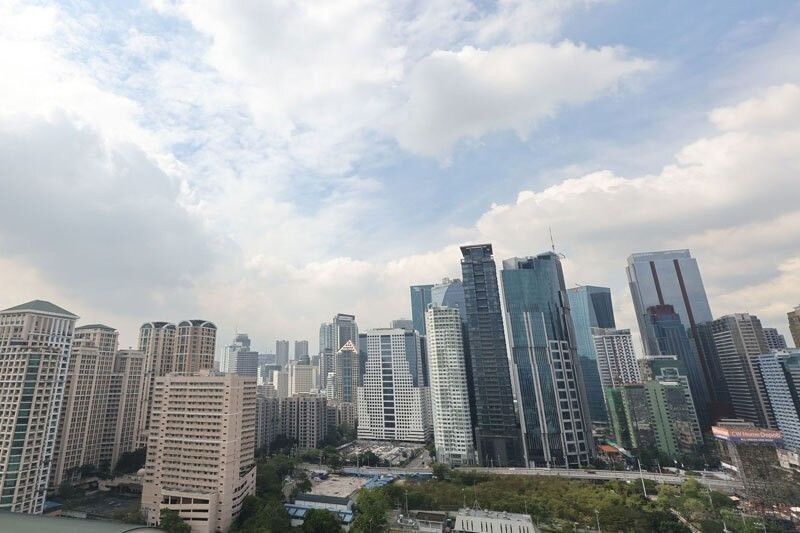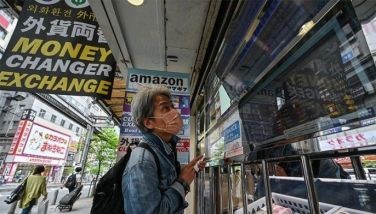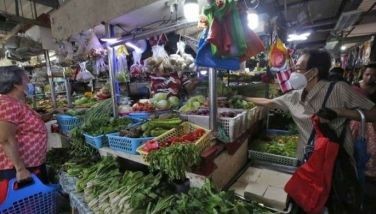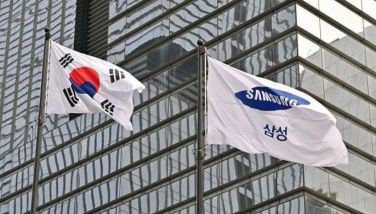‘High level of Phl economic performance despite…’


From 2010 to the present – minus the worst year of the lockdown period of the pandemic in 2019 – Philippine economic growth performance has been consistently high, at an average of 6.4 percent.
Philippine economic performance a year after the worst year of the pandemic has been one of the most sustained at a high level within ASEAN and in Asia. From 2020 to 2023, Philippine average GDP growth is 6.4 percent.
Pandemic period. Growth during the Duterte administration, which was consistently high during its early period was almost wiped out by the Covid pandemic – a black swan health crisis that hit the whole world.
When in 2019 the government doubled down on Covid-19 restrictions to contain the pandemic, annual GDP growth fell by 9.5 percent. This was the biggest absolute drop of output suffered at any time by the economy.
In the next year as the economy was reopened from the strict pandemic health restrictions, public and private spending resumed and domestic output started to recover. Output accelerated and lifted the economy again.
In 2020, the GDP grew by 5.7 percent and the next year, 2021, annual growth accelerated to 7.6. By then, the economy had returned to pre-pandemic levels.
Post-pandemic economy. The year 2022 marked the transition of government – at mid-year – from Rodrigo Duterte to Ferdinand Marcos Jr.
At the start, Marcos inherits substantial fiscal reforms that targeted the improvement of investment incentives. In addition, significant reforms to liberalize economic policies were undertaken to improve the attraction of foreign direct investments.
These reforms proved to be a boon to the Marcos administration as it started governing the country.
Development Plan 2023 to 2028. The economic program put up by the new administration for 2023 to 2028 plans to steer the economy on a high-growth path.
It emphasizes the continuation of the investment program on infrastructure, focusing on good job creation and the reduction of poverty. The year-on-year growth targets are ambitious, aiming to achieve by the latter year a 6.5 percent to 8 percent annual growth.
The development plan is anchored to an 8-point program that would enhance growth and expand social protection and amenities available to the population.
This will be achieved through a variety of approaches: enhanced competition and regulatory efficiency; ensuring macroeconomic stability; revitalizing agriculture and industrial growth; and expanding the country’s inadequate public infrastructures.
Cross-cutting strategies emphasize digitalization of the economy; creating an innovative ecosystem; and raising the synergy between national and local governments.
A major enabling support to this development plan is to expand the infrastructure program of the government. The infrastructure investment program that escalated in the previous Duterte administration is being sustained and expanded by the current plan.
The public investment program in infrastructure is being sustained by assuring that 5 to 6 percent of the GDP is allocated in support of this program. Enlarging public-private sector partnerships can enable public investments to cover broader public investment on infrastructure. Access to economic development assistance from development partners also assures that infrastructure projects move forward in sustained advancement.
This high performance of the economy is essential to the catchup that the country has to make in relation to its neighbors. For in the earlier past decades, they have surged ahead of our economic achievements.
Geopolitical factors are heating up. During the first year of the Marcos government, the outlook for further growth began to get threatened by new global geopolitical headwinds.
These external disturbances can be troublesome to our economic performance. So long as they do not seriously disrupt our economic fundamentals, they can be seen only as factors to take seriously into account. Yet, they can help reduce for some types of countries a percentage or half a percent from their potential economic growth.
Russia’s invasion of Ukraine caused the US and NATO to give direct military support to help Ukraine defend itself. A major land war in the heart of Eastern Europe has erupted.
In the East Asian region, China has begun to assert its naval power over the South China Sea. It promulgated a bold territorial claim which covered much of the sea trade routes over that wide body of water. This claim has overran existing territorial claims of other countries in the region, including those of the Philippines.
The Ukraine invasion by Russia also raised the parallel issue of whether Taiwan would become a target of direct Chinese military annexation. Taiwan is one of our immediate neighbors!
Even as the Ukraine war has dragged on without full resolution, new and serious threats to world peace have occurred.
The outbreak of the Israeli-Hamas war which began late in 2023 has led to dangerous escalations.
The direct attack of Iran on Israel’s heartland last week was massive – more than 300 missiles and drones carrying warheads – only to be neutralized by modern anti-missile systems. How Israel responds to this attack can determine whether a wider war in the Middle East will happen or not.
In our immediate doorsteps, the badgering that China’s behavior has inflicted on resupply missions to our island off the South China Sea has caused our president to seek ironclad assurance from our security treaty partner (the US) against military aggression against us.
High growth performance under threat. In the face of many factors facing the global economy, including these geopolitical factors, Philippine GDP growth in 2023 was only 5.6 percent. This was below the GDP target of 6.5 percent.
A remarkable point to make, however, is that Philippine growth performance within the ASEAN region in that year is the highest within ASEAN.
(To be continued)
For archives of previous Crossroads essays, go to: https://www.philstar.com/authors/1336383/gerardo-p-sicat. Visit this site for more information, feedback and commentary: http://econ.upd.edu.ph/gpsicat/
- Latest
- Trending

































